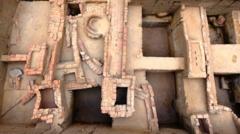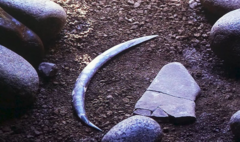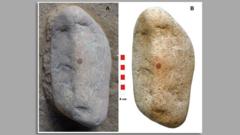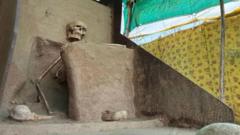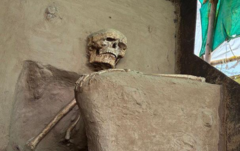Rakhaldas Banerjee remains a name less celebrated today despite his monumental role in archaeology. In the early 20th century, this Indian explorer uncovered the ruins of Mohenjo-daro, a key city of the vast Indus Valley Civilization, which flourished in present-day Pakistan. Banerjee's adventurous spirit and scholarly zeal during British colonial rule led him to embark on extensive excavations that unveiled treasures from an age long past.
Banerjee joined the Archaeological Survey of India (ASI) as an excavation assistant in 1910 and quickly rose to prominence, becoming a superintending archaeologist by 1917. His tenure at the ASI allowed him to delve into Mohenjo-daro, where he was responsible for significant discoveries. His reports, unfortunately, remained unpublished, as it was claimed that ASI Director John Marshall took credit for the discovery while diminishing Banerjee’s role.
Conflict characterized Banerjee's career. His defiance against colonial norms often placed him at odds with superiors, leading to accusations of fund mismanagement and unauthorized excavations. Historian Nayanjot Lahiri highlights that Banerjee lacked diplomatic finesse, which resulted in numerous professional disputes, further complicating his legacy.
Banerjee's contributions, including uncovering artifacts that linked Mohenjo-daro to other Indus sites, were critical during a period when historians had just begun to appreciate the Indus Valley's extensive reach. However, after 1924, his ambitions stalled; he was transferred amid rising tensions regarding his spending on unauthorized purchases and faced investigations regarding an idol's suspected theft.
Despite these challenges, Banerjee’s expertise continued post-ASI as he switched to academia, though his lifestyle strained his finances. He joined Banaras Hindu University in 1928, yet his life was cut short due to health issues, passing away just two years later at 45.
Today, as scholars revisit his findings and analyze his life, Banerjee's work may find new appreciation. His adventures reshaped the understanding of an ancient civilization, reminding us that even the most significant figures can fall into obscurity over time.






